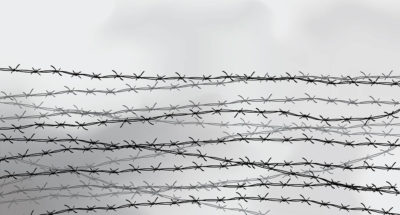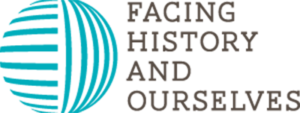
From Sympathy to Action
Students reflect on readings and engage in discussions about the responsibilities they have to address suffering and injustice in larger society.

Students reflect on readings and engage in discussions about the responsibilities they have to address suffering and injustice in larger society.
Students will:
After reviewing the reading in preparation for this lesson, ask yourself several of the key questions you will be posing students:
Facing History and Ourselves is a nonprofit international educational and professional development organization. By integrating the study of history, literature, and human behavior with ethical decision-making and innovative teaching strategies, Facing History enables secondary school teachers to promote students’ historical understanding, critical thinking, and social-emotional learning. As students explore the complexities of history, and make connections to current events, they reflect on the choices they confront today and consider how they can make a difference. www.facinghistory.org

In this lesson, the central reading draws directly on research that has been replicated in multiple studies. For example, in one study, people who read the story of a single, starving African girl donated more money to an anti-hunger charity than did people who read an appeal featuring statistics on starvation in Africa.
In another experiment, when people were given the chance to help either an anonymous sick child or a sick child identified by her name and age, the donation amounts hardly differed. But when a photo was added to the sick child’s profile, donations for her medical care shot up dramatically.
When more people are suffering, people ironically feel less—a phenomenon researchers call “the collapse of compassion.” If we become worried about being overwhelmed or burned out by compassion for many sufferers, we may strategically turn off our compassion as a result by actively controlling our emotions.
The upshot of this research is that our students can choose whether or not to feel compassion for mass suffering. This choice will depend upon whether they are motivated to avoid compassion and whether they have the skills to regulate their emotions. If we can help our students (and ourselves) get past the fear of being overwhelmed, and teach them strategies for staying with rather than avoiding compassion, then we can increase our compassion bandwidth.
Ultimately, if we take action to help others, we can also benefit. Studies suggest that people who engage in prosocial behavior enjoy greater physical and emotional well-being, have a stronger sense of meaning in their lives, and are more satisfied with life overall.

Do you want to dive deeper into the science behind our GGIE practices? Enroll in one of our online courses for educators!
Comments